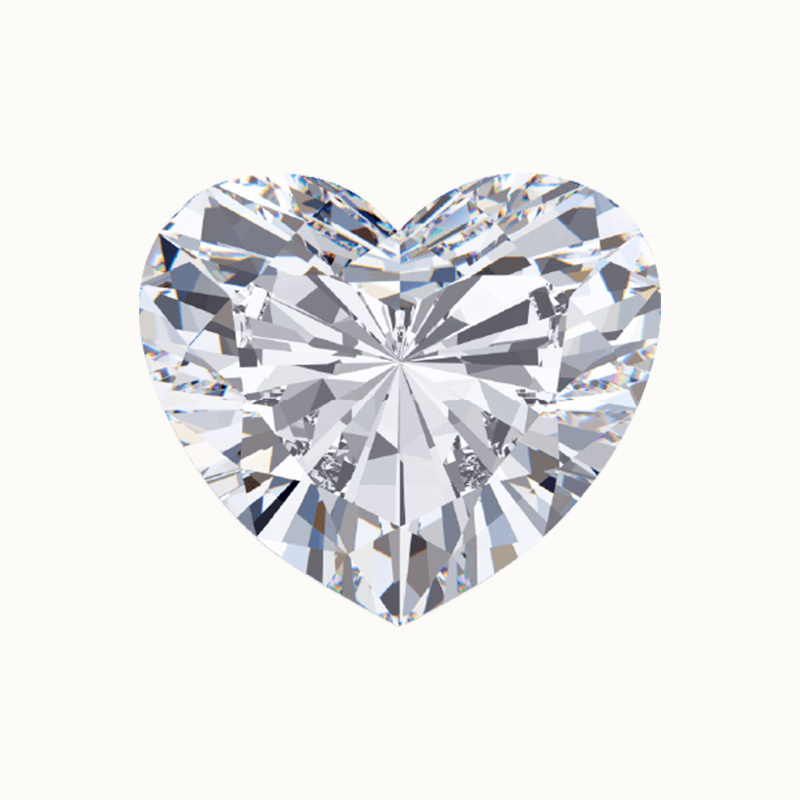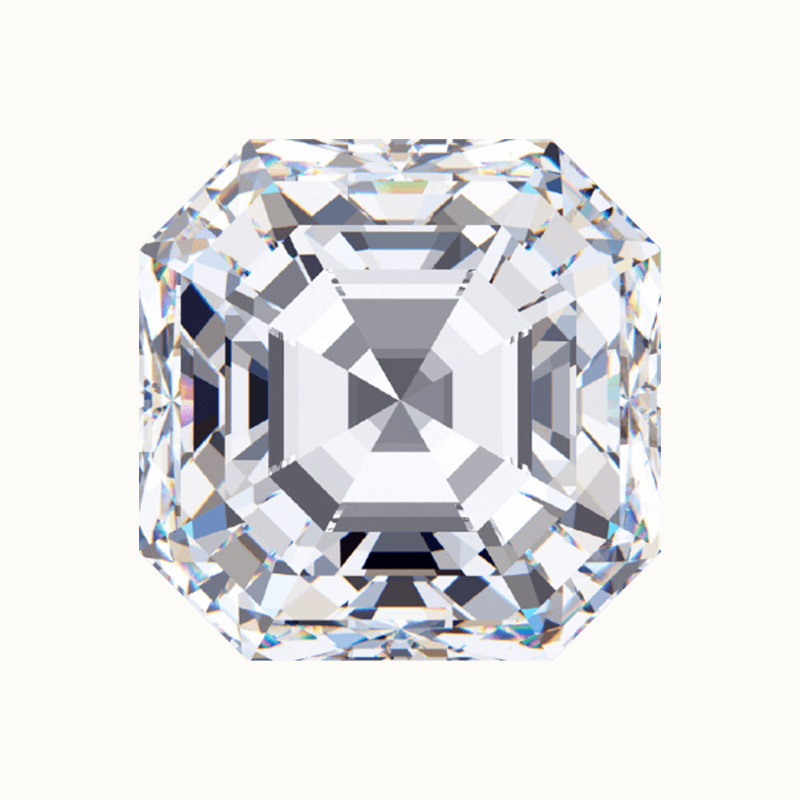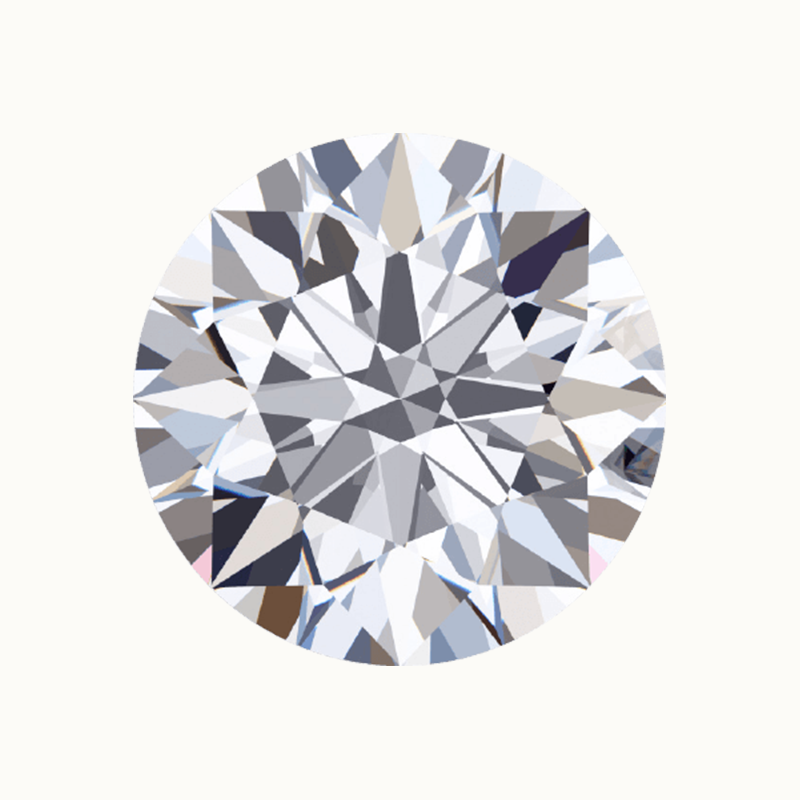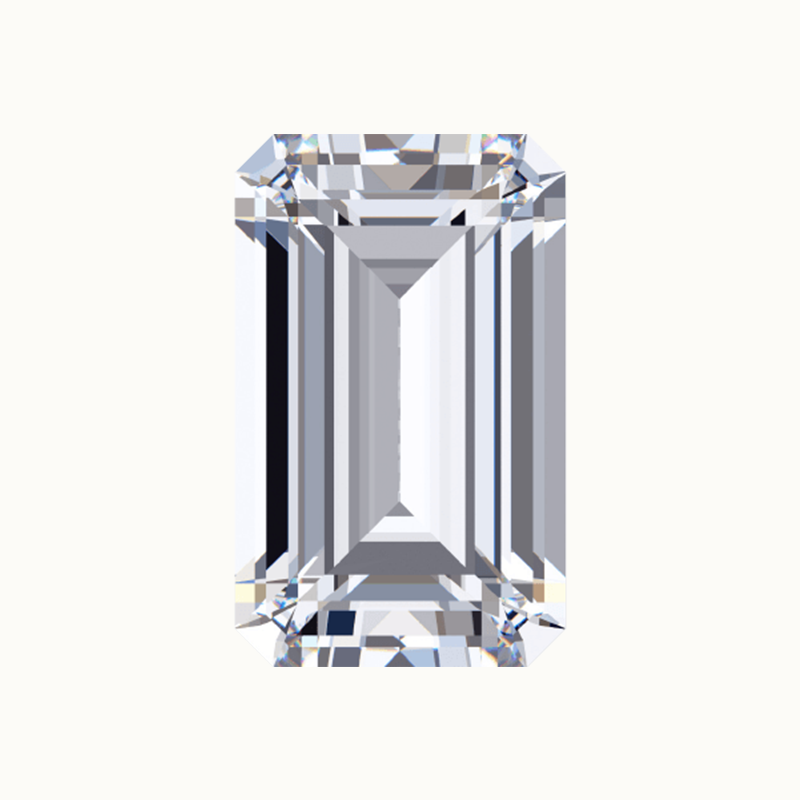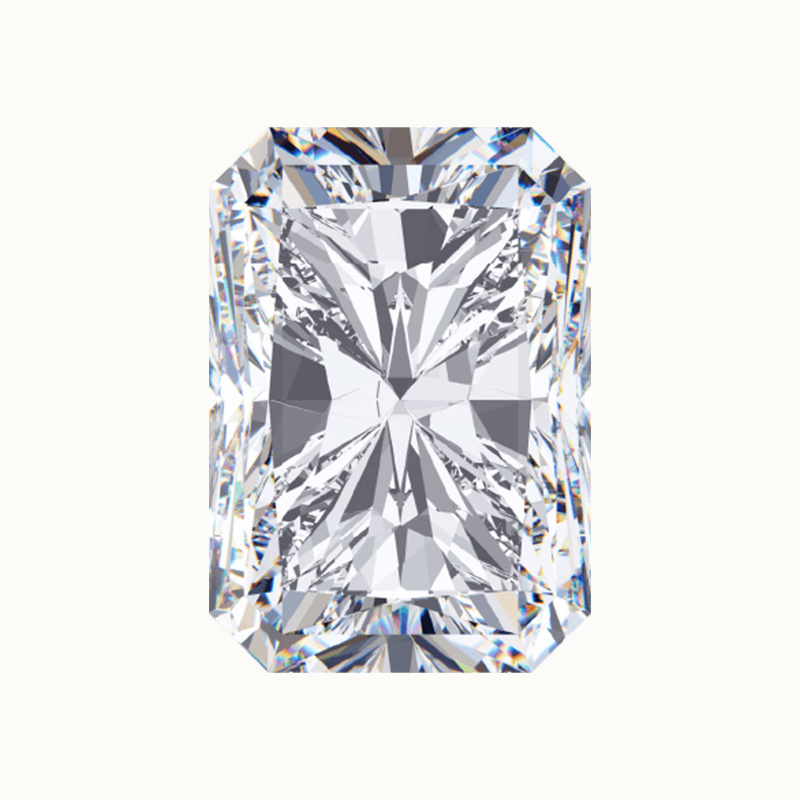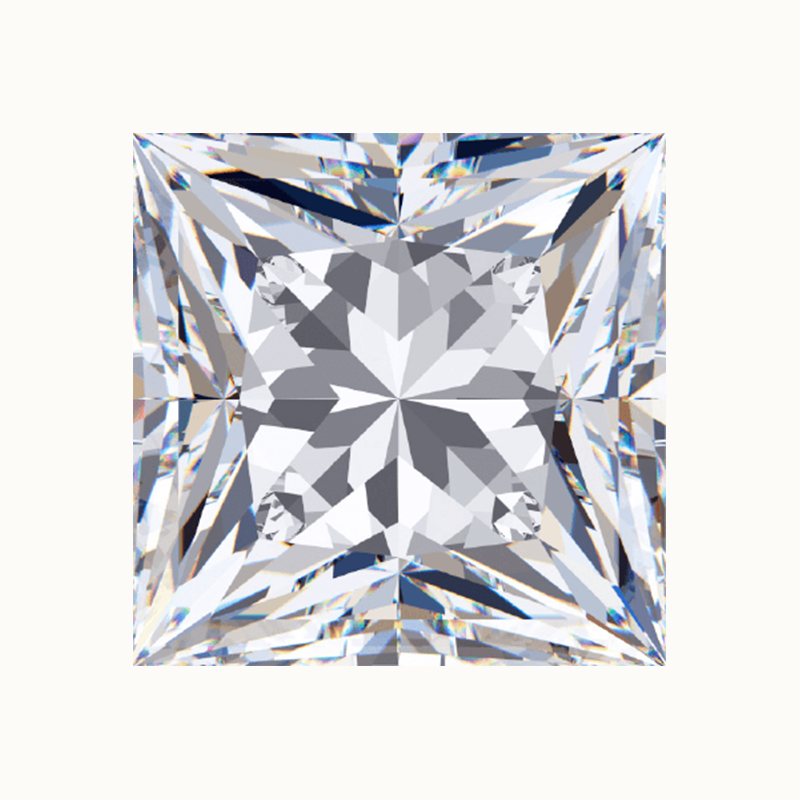



Diamond photo is for visual purposes only. Play Video for a real diamond.
White Rough Lab Created HPHT Rough Diamond For Jewelry Making
CLARITY
VS
CARAT
0.6
COLOR
E,F,G
CUT
Uncut Round
Introduction
| Diamond Type: | Synthetic (lab Created) | Diamond Clarity: | Vs |
|---|---|---|---|
| Diamond Shape: | Round Shape | Color: | EFG |
| Diamond Carat Weight: | 0.4-0.6 Carat | Technology: | HPHT |
| Application: | Jewerly Making | MOQ: | 10 Carat |
| Place Of Origin: | Kaifeng,China | Diamond Cut: | Excellent |
| High Light: |
Lab Created HPHT Rough Diamond,HPHT Rough Diamond For Jewelry Making,0.6 carat HPHT Rough Diamond |
||
What is white man made diamond?
HPHT is the abbreviation of “high press high temperature”.
A synthetic diamond (also known as an artificial diamond, cultured diamond, or cultivated diamond) is diamond produced in an artificial process.
Now we have the technology to grow diamonds under the environment of HPHT. This kind of
synthetic diamonds have the same optical, physical and chemical properties as natural diamonds.
The Difference Between Lab Grown Diamonds and Natural
The common imitation of diamond includes cubic zirconia, moissanite, white sapphire and crystal. Although they have the appearance of natural diamonds, but do not have the same characteristics of diamonds. The synthetic diamonds are not a product of imitation, or a product that only like diamond, because synthetic diamonds are real diamonds in every aspect: chemistry, physics, atom and light, all of which are the same as the natural diamond.
Carat 1
The size of a diamond is proportional to its carat weight. When rough diamonds are cut and polished into finished diamonds, up to 2/3 of the total carat weight may be lost. Since larger rough gems of high quality are found less frequently than smaller rough gems of high quality, a single two carat diamond will be more expensive than two one-carat diamonds of the same quality.
Color H
A diamond’s color is an important element of its quality. In a white diamond, the less body color present, the greater the value of the diamond. The GIA grades diamonds on a scale of D (colorless) to Z (noticeable color).
The predominant color you see in a diamond is yellow, which is caused by the trace element nitrogen.
Clarity SI1
Clarity refers to the presence of imperfections, flaws and blemishes inside or on the surface of a diamond.
The GIA grades diamond clarity under 10X magnification on a scale that ranges from Flawless (FL) to I2-3 (Included). Diamonds with the least amount of flaws having the highest clarity grading.
A diamond’s clarity has a significant impact on its value.
Cut Very Good
The cut of a diamond influences how effectively it reflects light. Well-cut diamonds appear fiery and brilliant and allow light to enter the stone and be reflected around the facets before exiting the stone through the top. Poorly-cut diamonds can appear lifeless and dark, despite their clarity or color grade.
Not only do well-cut diamonds appear more brilliant, they also tend to appear larger than other diamonds of the same carat weight.
Related Products
Message

